Working with documents involves collaborating and making the necessary information resources for completing work. This is especially crucial when working on complex projects with lots of moving parts, for example, creating software. Documentation helps everyone to be on the same page, and saves time from trying to decipher instructions or process steps that somebody else has already documented.
In general, documents, specifically documents created by organisations or other professional settings adhere to certain guidelines and standards. This creates an open and consistent documentation workflow and ecosystem. Documents can be structured, for instance lists-based or tabular forms and scientific charts, semi-structured as a handwritten note or letter or unstructured, as in a blog post posted online. Documents usually consist of a mix of text and non-textual elements such as tables, images and graphs.
Document collaboration is usually about dividing teams into groups with different access rights and permissions to documentation so that each group can focus on their own work without having to worry about accidentally modifying or overwriting other’s work. It also includes implementing versions control, so you can monitor and restore previous versions of documents. It also permits Asynchronous and synchronous communication within the document. By making guidelines of this kind, you can you could try here give your employees the best chance to be successful in using the documents of your company.


Leave A Comment